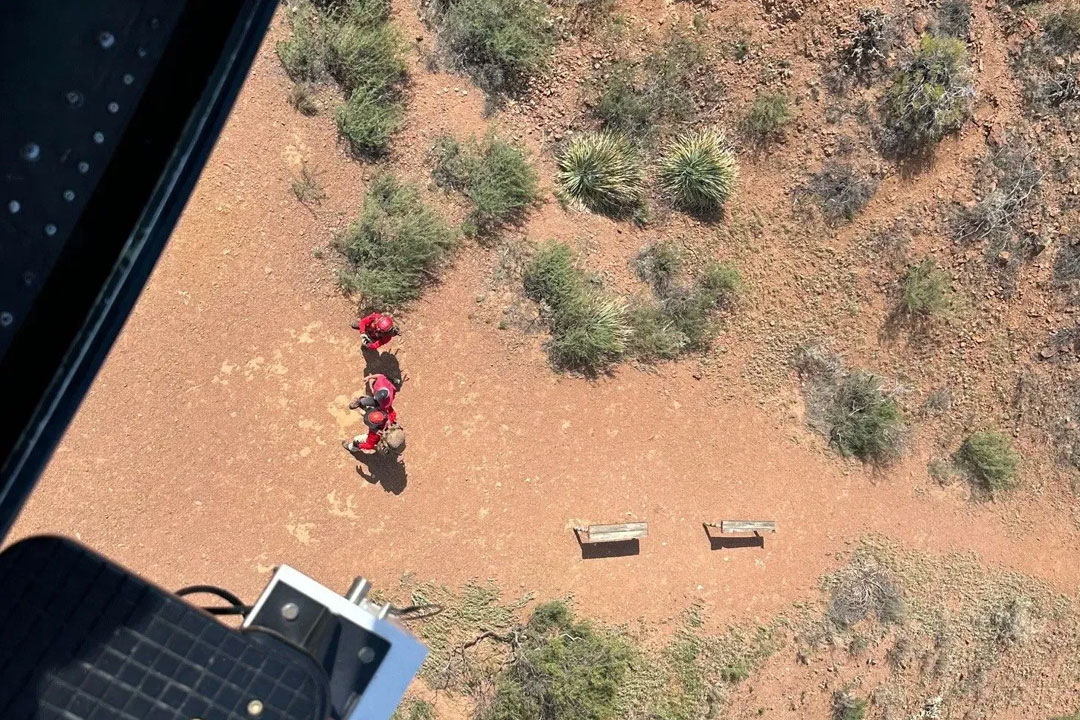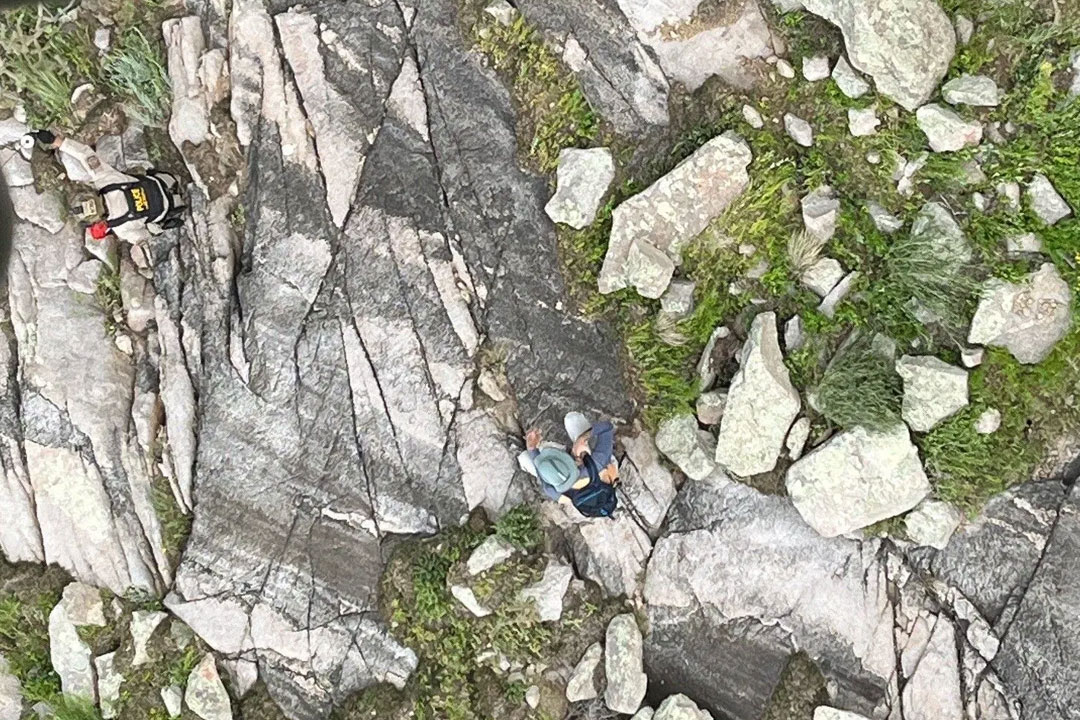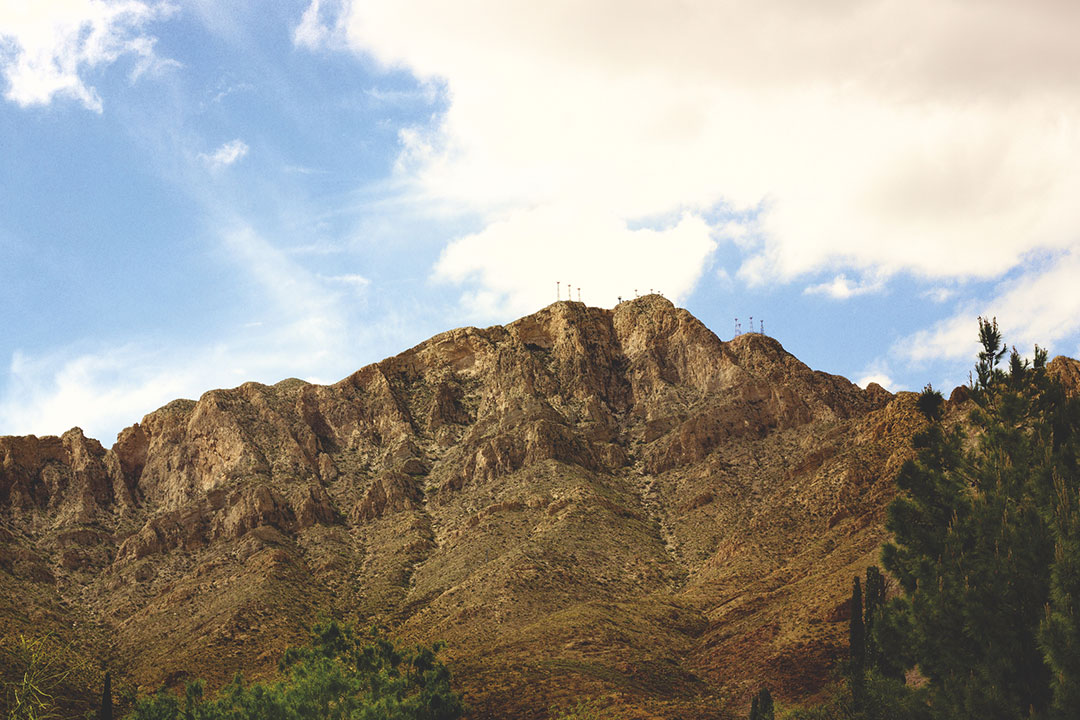A CBP helicopter hiker rescue that captured regional attention involved consecutive missions by U.S. Customs and Border Protection Air and Marine Operations crews in the Franklin Mountains near El Paso and the Organ Mountains near Las Cruces. According to CBP’s El Paso Air Branch, the team performed a hoist extraction for a dehydrated hiker in Texas, then diverted to New Mexico for a second medical emergency involving chest pain and numb fingers.
What happened on August 9
CBP reports that on August 9, 2025, the El Paso Air Branch received a request from El Paso County Search and Rescue for a helicopter hoist in the Franklin Mountains. A hoist certified UH-60 Black Hawk launched with a rescue specialist around 3 p.m. The crew hovered approximately 50 feet over the site while the specialist was lowered to assist a severely dehydrated hiker and two ground rescuers. All four were then hoisted into the aircraft and transported to a nearby roadway for ambulance transfer.
While returning from the first mission, the same UH-60 was retasked by New Mexico State Police for a second incident in the Organ Mountains near Las Cruces. The Black Hawk picked up an Emergency Medical Technician from a local fire department to provide in flight care, searched for about 30 minutes, then located the patient at 4:43 p.m. in a mountain valley at approximately 8,300 feet. The rescue specialist performed a hoist of about 130 feet and the helicopter moved the patient to an ambulance staging point.
BACK-TO-BACK SAR EXCLUSIVE: Watch as El Paso Air Branch UH-60 crew rescues a dehydrated hiker in the Franklin Mountains Saturday. The crew hoisted the hiker and transported him to a nearby road where an ambulance was waiting to transport for further care. #SavingLives #AMO #UH60 pic.twitter.com/BB7w83dN5t
— CBP AMO (@CBPAMO) August 12, 2025
Night rescue a few days later
Less than two weeks after the consecutive missions, CBP documented another hoist in the same mountain range during nighttime conditions. On the evening of August 21, 2025, the UH-60 crew used night vision goggles to locate an injured hiker in the Franklin Mountains. The crew established a 180 foot hover and performed six hoist iterations to extract the patient and multiple members of the Combined Search and Rescue team.
Aircraft, crews, and hoist capability

Aerial view of the Franklin Rescue | Photo: CBP
The El Paso Air Branch routinely deploys the UH-60 Black Hawk for mountain extractions that require a powered hoist. The official account of the August 9 operations notes a 50 foot lowering in the Franklin Mountains and a 130 foot hoist in the Organ Mountains. Crews also integrated an EMT for patient care during the second mission. In a separate West Texas incident earlier in the year, CBP highlighted how Air and Marine Operations teams work with Border Patrol Search, Trauma, and Rescue personnel to reach hikers in rugged terrain.
Interagency teamwork
All three recent extractions underscore how aviation assets mesh with local rescuers. The August 9 Franklin Mountains mission started with a request from El Paso County Search and Rescue. The diversion to New Mexico happened after a New Mexico State Police request, and the crew picked up an EMT from a local fire department to ride along.
Why the geography matters

Aerial view of the Organ Rescue | Photo: CBP
Topography and elevation complicate rescues on both sides of the state line. The Organ Mountains rise abruptly above the Chihuahuan Desert and feature narrow canyons and rocky spires that reach about nine thousand feet. Complex terrain limits ground access and makes helicopter hoist work the fastest way to move patients from slopes or draws to established medical staging areas.
Safety lessons for desert mountain hiking
These extractions are a reminder that summer heat, steep grades, and long approaches combine to increase risk. The National Park Service advises hikers to plan for high temperatures, carry and drink ample water, and use sun protection clothing and sunscreen. Those guidelines, though written for desert parks, are directly relevant to the Franklin and Organ ranges.

Franklin Mountains in El Paso, TX
These rescues show how quickly mountain emergencies can escalate and how valuable trained hoist crews are for patient access and rapid transport. The region will continue to benefit from close coordination among CBP aircrews, county search and rescue teams, and state authorities. The CBP helicopter hiker rescue model described here illustrates a repeatable approach that saves precious minutes when terrain and heat complicate ground response.
Adventure Prepared: Safety Essentials for Southwest Hikes
For anyone planning a hike in this part of the Southwest, study the route, pack water and electrolytes, protect against sun exposure, and set clear check in plans. With those basics in place, you reduce the chance of needing help while still knowing how to call for it if the unexpected happens. The recent missions also make clear that trained aviation teams can and do respond when needed.
That ongoing readiness is why the CBP helicopter hiker rescue remains a vital capability for communities on both sides of the state line.
